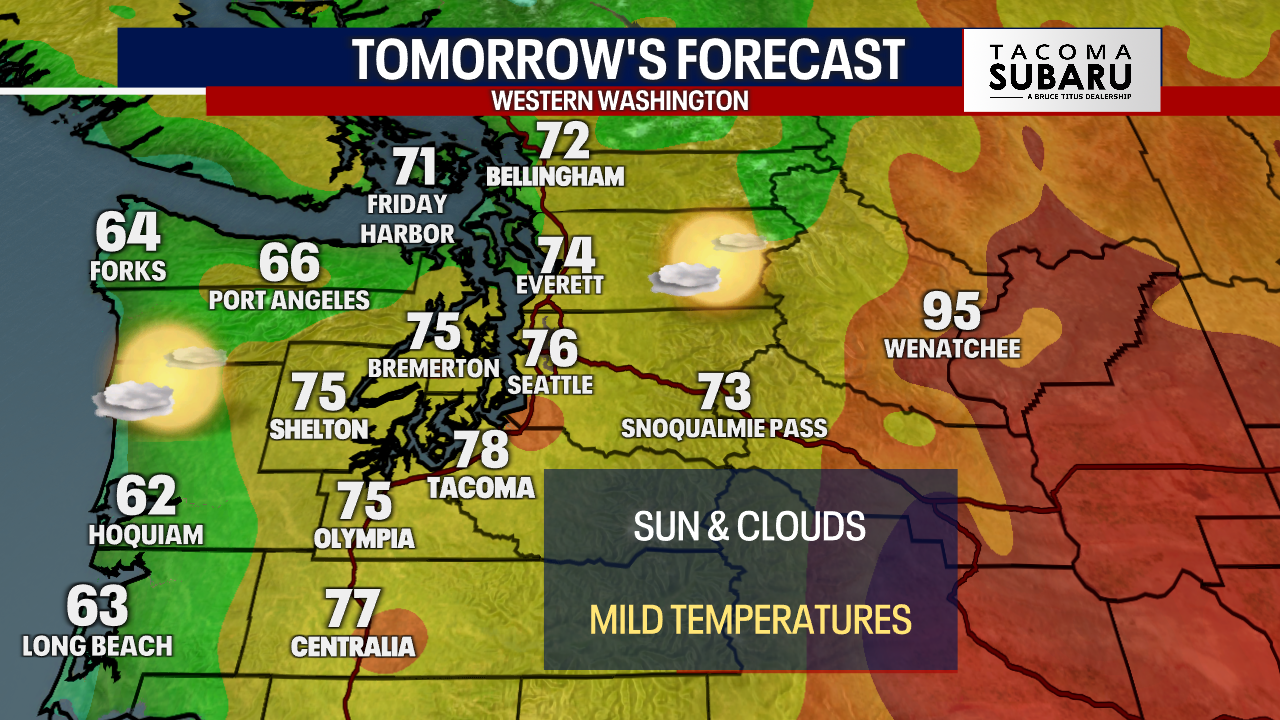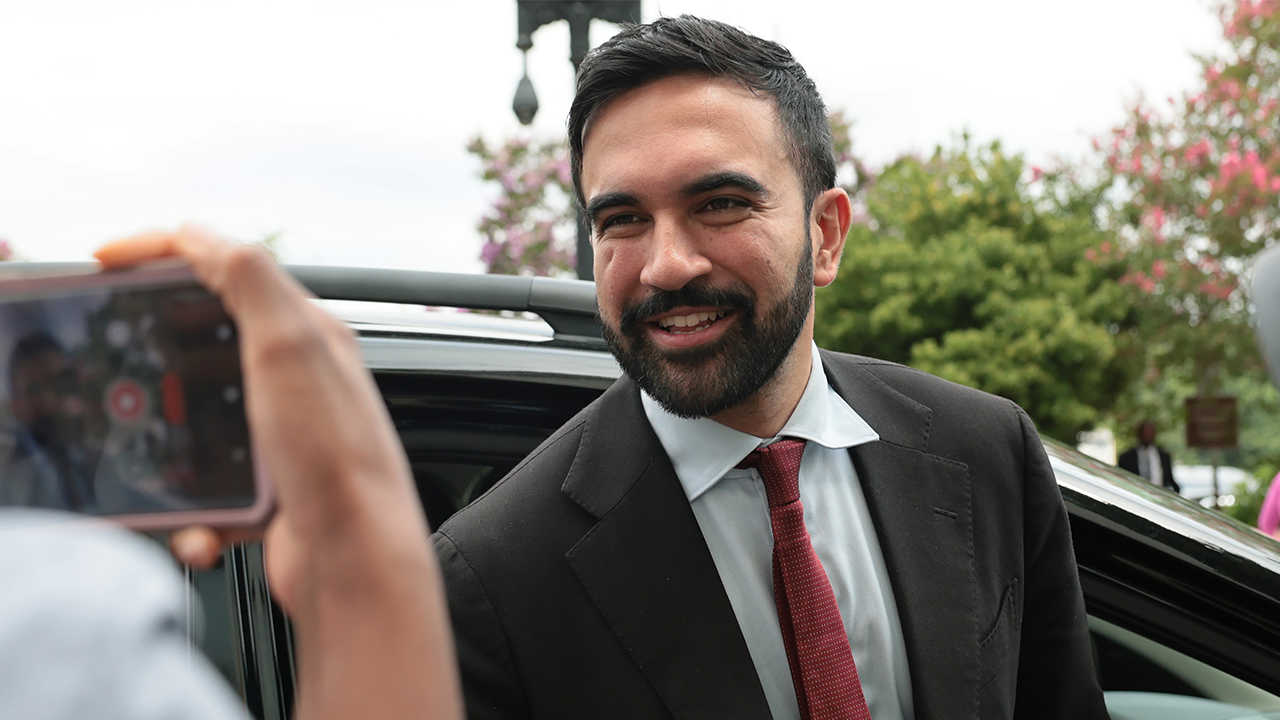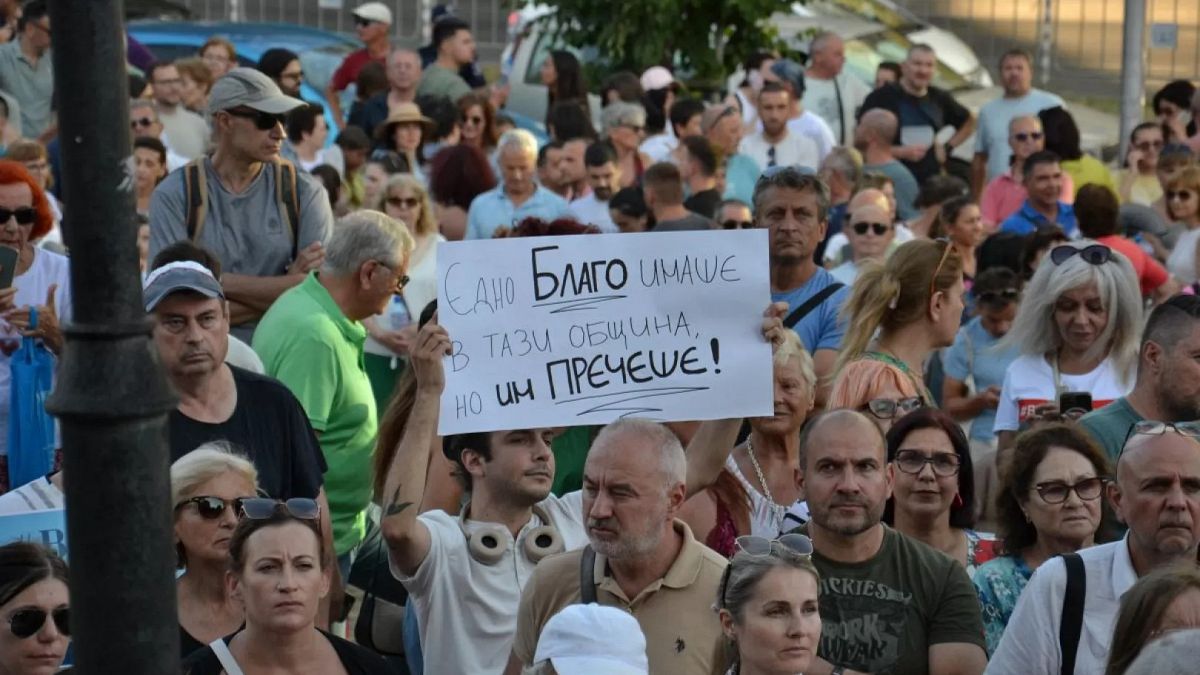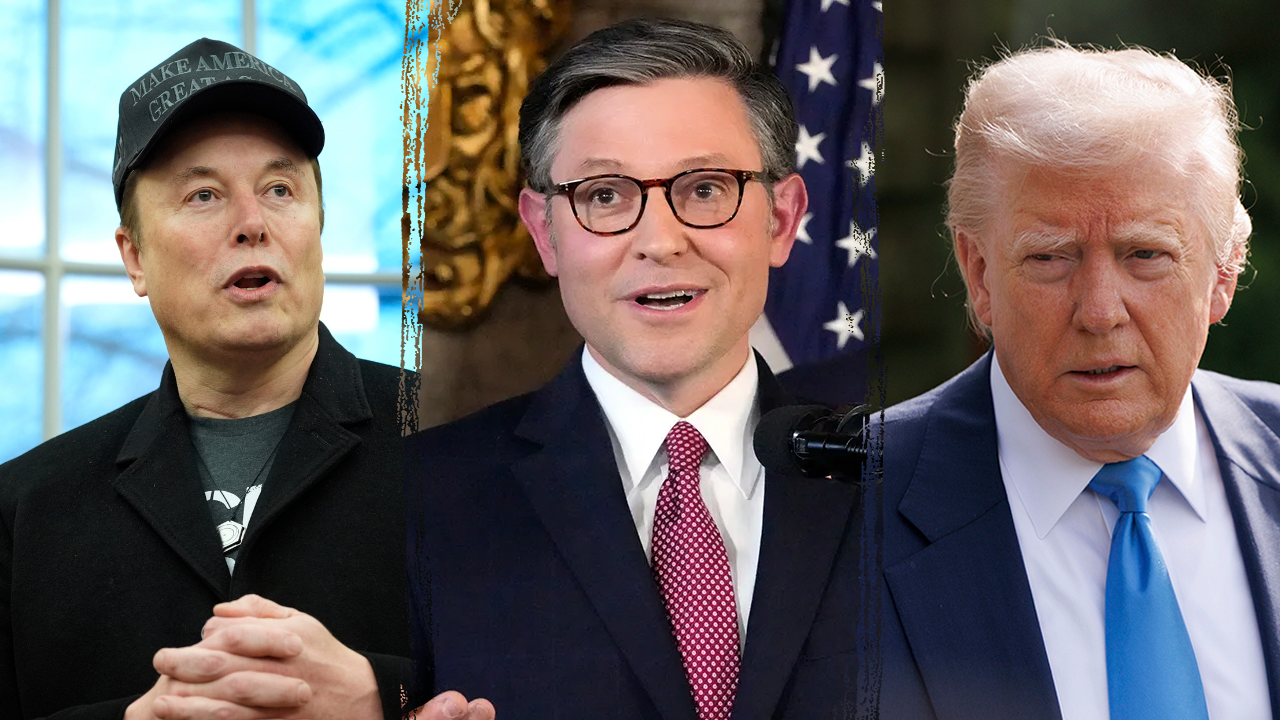Oregon
De’Anthony Thomas, Marcus Mariota and the Budda Baker what-if: Oregon Recruiting Rewind

Oregon has yet to win a national title, but the Ducks have become a legitimate national brand in the past 20 years thanks in part to their ability to land some of the most exciting prospects on the recruiting trail.
Since 2000, Oregon has finished in the final Top 25 of the AP poll 15 times and in the top 10 nine times. It’s quite a turn for a school that had previously finished in the top 10 only once. A big reason for that change has been Phil Knight and Nike’s commitment to the program as well as a bunch of coaches who established a cutting-edge identity for the Ducks.
Recruits all over the country have taken note.
As June official visits begin this month, The Athletic is taking a look at how Power 5 programs have recruited over the years. Let’s examine Oregon, a school that has reeled in a bunch of blue-chippers in recent years as the program’s profile has continued to grow.
Best recruit, pre-internet rankings: Joey Harrington, QB
Oregon has produced a handful of Pro Football Hall of Famers — quarterback Dan Fouts, linebacker Dave Wilcox and offensive lineman Gary Zimmerman are among the program’s legends — but it was Harrington who ushered the Ducks into the limelight.
The school made national headlines when it put Harrington, its budding star quarterback, on a billboard in New York City before the 2001 season. “Joey Heisman” and his teammates backed up the hype, and the Portland, Ore., native made a return trip to Manhattan months later as a Heisman Trophy finalist, the first in Ducks history. Harrington led Oregon to its first 11-win season, and the Ducks ended the year ranked No. 2 in the polls.
In the three seasons before Harrington got onto the field at Oregon, the Ducks were never ranked and went a combined 11-13 in Pac-10 play. In his three seasons, Oregon finished No. 19, No. 7 and No. 2 and was a combined 20-4 in the league.
Best recruit, modern era: De’Anthony Thomas, RB
Thomas was in the same 2011 recruiting class as Marcus Mariota, the only player in program history to win a Heisman Trophy, but it was the blazing-fast kid who grew up just 10 minutes from USC’s campus who generated the most signing day buzz.
The 5-foot-9, 169-pound Thomas was a legend in Los Angeles, nicknamed “The Black Mamba” by Snoop Dogg, who had coached him in the Snoop Youth Football League. And Thomas was viewed as a lock for USC.
“He was the ringleader of that class,” Lane Kiffin, USC’s coach from 2010 through 2013, told The Athletic a few years ago. “I mean, he was always wearing USC stuff. He was recruiting other kids to come to USC. Like, the last one to worry about would have been him.”
But Thomas, ranked as Rivals’ No. 1 cornerback recruit in the nation, was intrigued by Chip Kelly’s offensive system and the way the coach used speed. At the time, Oregon had done pretty well in Southern California but never beat USC for a prospect quite like Thomas. And Kelly’s team had clobbered the Trojans on the field in recent years, scoring a combined 100 points in consecutive wins in 2009 and 2010. A visit to Eugene on the final recruiting weekend was the capper for Thomas.
“We actually created the ‘De’Anthony Thomas Rule’ after that year,” Kiffin said. “Some guys don’t like to let committed guys take trips. We do it, but we don’t let commits take trips that last weekend because he goes dead after that weekend. He went up there, and then it was dead.”
Oregon’s coaches and players were in awe the first time Thomas touched the ball for the Ducks.
“It was an outside zone. He saw a hole, cut vertically, and we were all like, ‘Holy crap!’ And he was gone,” former Oregon coach Mark Helfrich said. “It was like one of those Reggie Bush, one-cut and gone type runs.”
Thomas enjoyed a dazzling career, scoring 46 touchdowns in three seasons, averaging 7.8 yards per carry and posting almost 3,200 yards from scrimmage before leaving as a fourth-round pick to the Chiefs in the 2014 draft.
Marcus Mariota led Oregon to a 36-5 record in three seasons. (Jonathan Ferrey / Getty Images)
Most influential recruit: Marcus Mariota, QB
Kelly offered Mariota late in his junior year of high school in Hawaii even though he didn’t become the starting quarterback until his senior season at St. Louis School.
In three seasons with the Ducks, Mariota led Oregon to a 36-5 record and had a remarkable 105-to-14 TD-to-INT ratio. He passed for almost 11,000 yards and ran for nearly 2,300 more, scoring a total of 31 touchdowns. He became the first Duck to win the Heisman Trophy and carried Oregon to the national title game in 2014. One year later, the school unveiled the 30,000-square-foot Marcus Mariota Sports Performance Center.
“He was so special,” Helfrich said. “You combined his work ethic with his ability, and then the thing that he never got enough credit for was the type of competitor he was. You saw how badly he wanted to win every rep in practice — every drill. And that carried over to other parts of his life. He was a great student, great teammate, and that permeated to the rest of the team. He’s a legend for sure.”
Biggest bust: Canton Kaumatule, DL
I cringe when we use the term “bust” for recruits, but the Ducks have no doubt had their share of disappointments. Among the biggest was Kaumatule, a five-star prospect in the Class of 2015. In fairness, his career also was derailed by a series of concussions, as he detailed to The Athletic a few years ago.
Another five-star signee, Lache Seastrunk, also fizzled out in Eugene although he later became a first-team All-Big 12 running back at Baylor.
Best developmental story: Justin Herbert, QB
Oregon has hit the jackpot on more than its share of under-the-radar prospects — Mariota and defensive lineman DeForest Buckner stand out — but we’ll go with Herbert, who grew up 1 mile from Autzen Stadium and was not on any other Power 5 program’s radar.
Herbert played on the junior varsity squad as a sophomore at Sheldon High School and had his junior season cut short after two games due to a leg injury. In early October of Herbert’s senior year, Nevada got word there was an intriguing quarterback blossoming right in Oregon’s backyard. That pushed the Ducks to make a move and offer the hometown kid who was blessed with some jaw-dropping physical tools.
During his four years at Oregon, he threw for 10,541 yards with 95 touchdowns and only 23 interceptions. In 2019, his final season, he led the Ducks to a Pac-12 title and a No. 5 final ranking. The next spring, he became the No. 6 pick in the draft.
Not bad for a kid who acknowledged he was once too nervous to take part in any of Kelly’s football camps at Oregon when he was younger.
The one who got away: Budda Baker, DB
The all-everything athlete from the Seattle area was poised to be another big local loss for Washington, but then Baker, the highest-ranked recruit in the Northwest in the Class of 2014, flipped from the Ducks to the Huskies on the eve of national signing day.
Baker had committed to Oregon right after taking an official visit to Eugene three months earlier and was expected to play wide receiver for the Ducks. But he proved to be the first big recruiting win for the Huskies’ new coach, Chris Petersen, and was a key player on Washington’s 2016 College Football Playoff team.
While the Huskies flourished with Baker, Oregon stumbled during his three seasons in college, going from 13 wins to nine to four. He also helped Washington snap a 12-game losing streak to Oregon in 2016 with a 70-21 win that was sparked by a Baker interception on the game’s first play.
Editor’s note: This is part of a series of stories looking back at recruiting superlatives for select Power 5 programs. The stories can be found here.
(Top photo of De’Anthony Thomas: Kevin Casey / Getty Images)

Oregon
Oregon Ducks Football Schedule Ranked: Easiest Or Hardest In Big Ten?

The Oregon Ducks football schedule is ranked by Sporting News to be the 14th toughest schedule in the Big Ten Conference for the 2025-26 season.
It is a nice change for the Ducks, who had a tough schedule last year in their inaugural Big Ten season that saw Oregon host the Ohio State Buckeyes, travel to Ann Arbor to take on the Michigan Wolverines, and travel to Madison to battle the Wisconsin Badgers.
Sporting News ranked all the Big Ten teams’ schedules for the 2025-26 season, and decided that Wisconsin has the toughest schedule, and Illinois has the easiest. Sporting News ranked the Ducks as having the 14th toughest schedule, tied with Michigan and Maryland.
1. Wisconsin
2. Rutgers
3. USC
4. Ohio State
5. Purdue
6. Washington
7. Northwestern
8. Indiana
9. Minnesota
10. UCLA
11. Penn State
12. Iowa
13. Nebraska
T-14. Michigan
T-14. Maryland
T-14. Oregon
17. Michigan State
18. Illinois
Some good news for Oregon fans is that Big Ten rivals Ohio State have the fourth-toughest schedule according to Sporting News. The Buckeyes take on Texas in a massive non-conference game to open the season, and have to play Penn State, Michigan in Ann Arbor, where they have not won since 2019, and Illinois.
Oregon’s fierce rivals Washington have the No. 6 toughest schedule in the Big Ten, according to Sporting News. The Huskies will host both Oregon and Ohio State, while traveling on the road to Ann Arbor to play Michigan.
The Ducks get a few bounces to go their way this season when it comes to the schedule. Oregon will dodge both Ohio State and Michigan, two teams they had to play last year. In lieu of playing Ohio State and Michigan, the Ducks will travel to Penn State for the Nittany Lions’ annual “whiteout game” in week five on the 2025-26 season.
MORE: Oregon Ducks Predicted to Land Four-Star Recruit Over Ohio State Buckeyes
MORE: Denver Broncos’ Bo Nix Most ‘Underrated’ Quarterback In NFL?
MORE: Ole Miss Legacy Recruit Deuce Geralds Makes Commitment Announcement
After Penn State, the Ducks’ schedule drops off quite a bit in terms to toughness. Oregon will have a bye week after the Penn State game, followed by welcoming Indiana and Hoosiers coach Curt Cignetti to Autzen Stadium. Oregon will follow that up with a trip to Rutgers, before coming home and doing battle with the Badgers, who narrowly lost to the Ducks last year in a defensive battle, as the Ducks walked out of Camp Randall with a 16-13 win.
Oregon’s back half of the schedule won’t necessarily be a cakewalk, but it should be manageable for Ducks coach Dan Lanning and his staff. The Ducks should be favored in their final four games of the season. The Ducks travel to Iowa City to play Iowa before returning home to do battle with Minnesota and newly extended Golden Gophers coach PJ Fleck.
The Ducks will follow up the Minnesota bout with a visit from USC to Autzen Stadium, a building in which USC has not won since 2011. Oregon will close out its regular season with a trip up north to Seattle to play Washington, a place Oregon hasn’t won at since 2021. The Ducks’ easier schedule certainly helps their chances at making it back to the College Football Playoff.
Oregon
Wildfire smoke worsens air quality in parts of Oregon

“),r.close()),!r)throw Error(“base not supported”);var a=r.createElement(“base”);a.href=n,r.getElementsByTagName(“head”)[0].appendChild(a);var i=r.createElement(“a”);return i.href=t,i.href}finally{e&&e.parentNode.removeChild(e)}}());var l=i(t||””),f=function(){if(!(“defineProperties”in Object))return!1;try{var e={};return Object.defineProperties(e,{prop:{get:function(){return!0}}}),e.prop}catch(t){return!1}}(),h=f?this:document.createElement(“a”),m=new o(l.search?l.search.substring(1):null);return m._url_object=h,Object.defineProperties(h,{href:{get:function(){return l.href},set:function(e){l.href=e,r(),u()},enumerable:!0,configurable:!0},origin:{get:function(){return”origin”in l?l.origin:this.protocol+”//”+this.host},enumerable:!0,configurable:!0},protocol:{get:function(){return l.protocol},set:function(e){l.protocol=e},enumerable:!0,configurable:!0},username:{get:function(){return l.username},set:function(e){l.username=e},enumerable:!0,configurable:!0},password:{get:function(){return l.password},set:function(e){l.password=e},enumerable:!0,configurable:!0},host:{get:function(){var e={“http:”:/:80$/,”https:”:/:443$/,”ftp:”:/:21$/}[l.protocol];return e?l.host.replace(e,””):l.host},set:function(e){l.host=e},enumerable:!0,configurable:!0},hostname:{get:function(){return l.hostname},set:function(e){l.hostname=e},enumerable:!0,configurable:!0},port:{get:function(){return l.port},set:function(e){l.port=e},enumerable:!0,configurable:!0},pathname:{get:function(){return”https://www.opb.org/”!==l.pathname.charAt(0)?”https://www.opb.org/”+l.pathname:l.pathname},set:function(e){l.pathname=e},enumerable:!0,configurable:!0},search:{get:function(){return l.search},set:function(e){l.search!==e&&(l.search=e,r(),u())},enumerable:!0,configurable:!0},searchParams:{get:function(){return m},enumerable:!0,configurable:!0},hash:{get:function(){return l.hash},set:function(e){l.hash=e,r()},enumerable:!0,configurable:!0},toString:{value:function(){return l.toString()},enumerable:!1,configurable:!0},valueOf:{value:function(){return l.valueOf()},enumerable:!1,configurable:!0}}),h}var c,s=e.URL;try{if(s){if(“searchParams”in(c=new e.URL(“http://example.com”))){var f=new l(“http://example.com”);if(f.search=”a=1&b=2″,”http://example.com/?a=1&b=2″===f.href&&(f.search=””,”http://example.com/”===f.href))return}”href”in c||(c=undefined),c=undefined}}catch(m){}if(Object.defineProperties(o.prototype,{append:{value:function(e,t){this._list.push({name:e,value:t}),this._update_steps()},writable:!0,enumerable:!0,configurable:!0},”delete”:{value:function(e){for(var t=0;t
document.createElement(“picture”);
Oregon
Former Oregon State third baseman Trent Caraway announces transfer destination
Former Oregon State third baseman Trent Caraway has a new home in college baseball.
Caraway announced his commitment to the LSU Tigers on Tuesday via social media.
Caraway, a rising junior, was the most outstanding player of the Corvallis regional during the 2025 postseason. He hit six home runs in the postseason overall, an OSU record, finishing the season batting .267 with 12 home runs and 47 RBI.
Caraway entered the transfer portal after Oregon State’s run to the College World Series, and had his name in the MLB Draft but did not get selected.
Seven OSU players were drafted, but Caraway not being selected was a surprise: MLB.com ranked him the No. 145 overall prospect, and there are 615 total picks across 20 rounds.
In the age of NIL, there is less incentive for underclassmen to make the jump to the professional level if their value does not exceed potential earnings in college. That could be the case for Caraway, who took a step back statistically in 2025 and could see a boost to his draft stock with improvement at LSU.
— Ryan Clarke covers the Oregon State Beavers for The Oregonian/OregonLive. Reach him at RClarke@Oregonian.com or on Twitter/X: @RyanTClarke. Find him on Bluesky: @ryantclarke.bsky.social.
If you purchase a product or register for an account through a link on our site, we may receive compensation. By using this site, you consent to our User Agreement and agree that your clicks, interactions, and personal information may be collected, recorded, and/or stored by us and social media and other third-party partners in accordance with our Privacy Policy.
-

 News1 week ago
News1 week agoVideo: Trump Compliments President of Liberia on His ‘Beautiful English’
-

 News7 days ago
News7 days agoVideo: Clashes After Immigration Raid at California Cannabis Farm
-
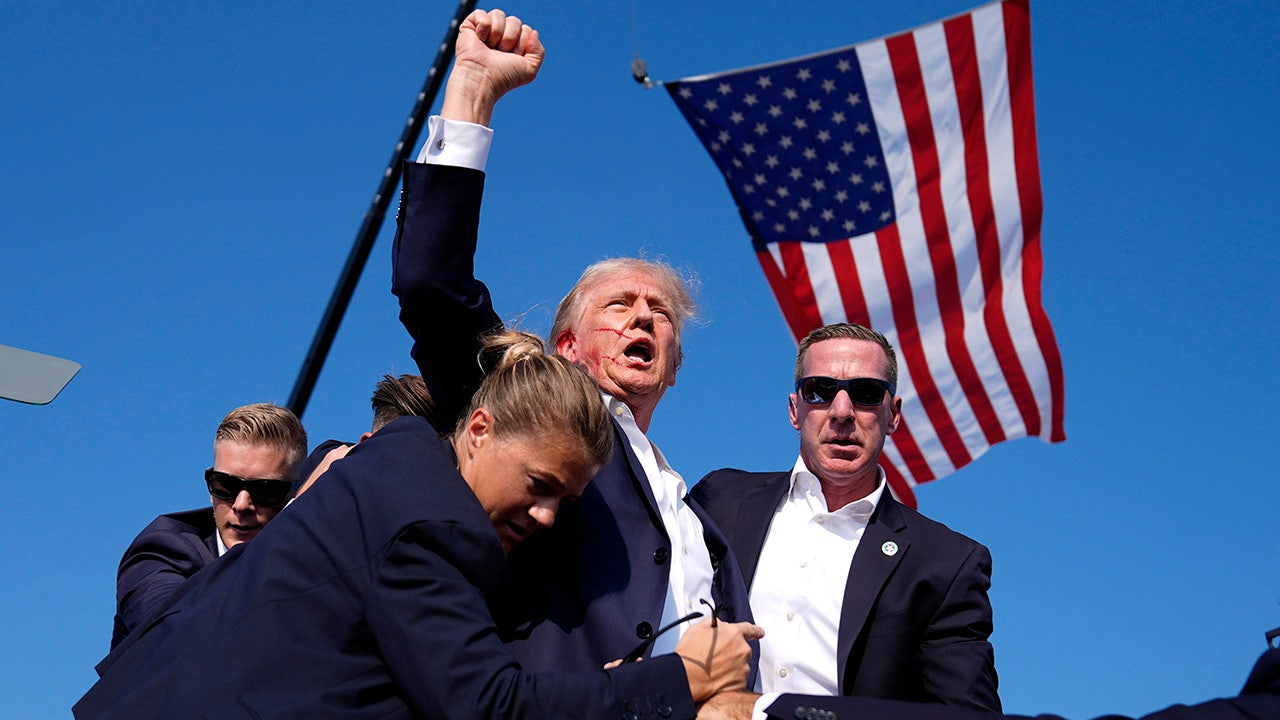
 Politics1 week ago
Politics1 week agoJournalist who refused to duck during Trump assassination attempt reflects on Butler rally in new book
-
Business1 week ago
Commentary: Does America need billionaires? Billionaires say 'Yes!'
-

 News7 days ago
News7 days agoTrump heads to Texas as recovery efforts from deadly flood continue
-

 World7 days ago
World7 days agoNew amnesty law for human rights abuses in Peru prompts fury, action
-
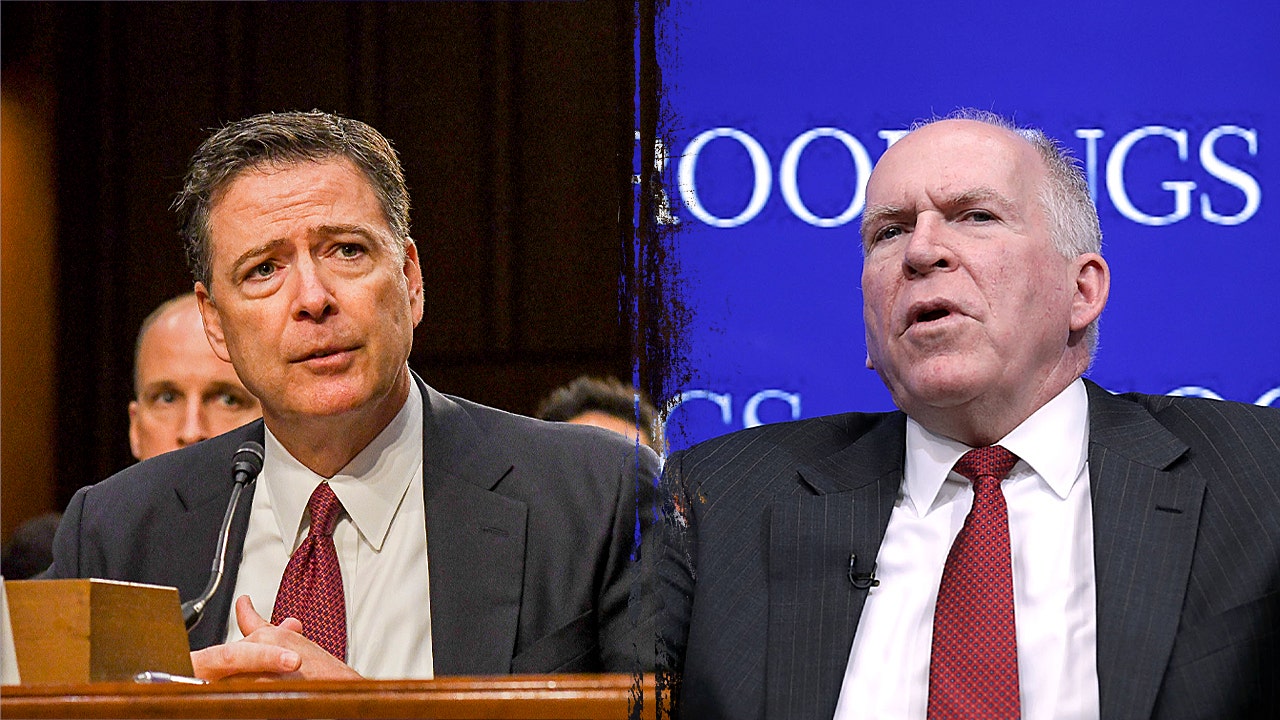
 Politics1 week ago
Politics1 week agoObama officials used dossier to probe, brief Trump despite knowing it was unverified 'internet rumor'
-

 News1 week ago
News1 week agoDOGE keeps gaining access to sensitive data. Now, it can cut off billions to farmers










